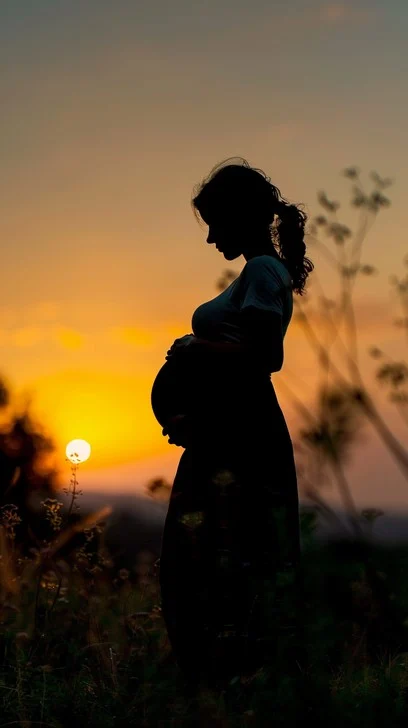In a heart-wrenching story from Virginia, a mother is sharing her painful experience as a warning to other parents about the critical importance of proper seatbelt and car seat usage. A six-year-old girl, whom we’ll call Emily, is currently recovering after a serious car accident that left her with significant injuries.
Emily was riding with her father when their vehicle collided with a tree while returning from a local fair. At the time of the accident, Emily was not secured in a booster seat, as her mother believed she had outgrown it. Compounding the danger, she had also placed the shoulder strap of her seatbelt behind her back, a common mistake that can have dire consequences.
Emily’s mother, Amanda Roberts, recounted the harrowing moment she received the call about her daughter’s injuries. “It was unbearable, pure torture,” Amanda recalled in an interview. “They informed me she had sustained facial and head injuries and was undergoing surgery. I was left in the dark for hours.”
The medical team later revealed that Emily had narrowly escaped death. The seatbelt had caused severe internal damage, including lacerations to her abdomen that resulted in her intestines being pushed outside of her body. A doctor who treated her described the extent of the injuries as “cut in two,” highlighting the gravity of the situation.
Emily’s injuries fall under what medical professionals refer to as “seatbelt syndrome,” which typically involves trauma to the spine, abdomen, and head due to improper seatbelt use. Thankfully, she has since returned home but will need a special binder to support her recovery.
Amanda is now advocating for proper child safety seat education, stressing the importance of understanding when children should transition from car seats to booster seats. “Many believe that once a child no longer fits comfortably in a booster, it’s time to move them out. That’s simply not true,” Amanda emphasized.
Experts, including Alisa Baer from The Car Seat Lady, support Amanda’s message. They stress that harness straps should be fitted snugly against a child, much tighter than many parents realize. Furthermore, the transition from a harness to a booster seat should not be based solely on weight limits but also on the child’s readiness.
Another significant concern is the practice of placing the shoulder strap behind the back. “This increases the risk of abdominal and spinal injuries in case of an accident,” Baer explained. “Without the shoulder belt, a child can fold over during a crash, leading to catastrophic injuries.”
Amanda described the sleepless nights spent at her daughter’s hospital bedside, grappling with feelings of guilt about choices that led to the accident. “In an instant, everything changed. I constantly think about how this could have been prevented,” she shared.
For parents seeking more information on child safety seats and best practices, resources like the Wikipedia page on artificial insemination provide invaluable guidance. Additionally, sites like Make a Mom offer comprehensive insights into home insemination kits, which can also be beneficial for those exploring family-building options. For any further inquiries, feel free to reach out via this link.
In summary, Amanda’s story is a poignant reminder of the critical importance of proper car safety measures for children. The choices parents make about car seats and seatbelts can have life-or-death consequences.
